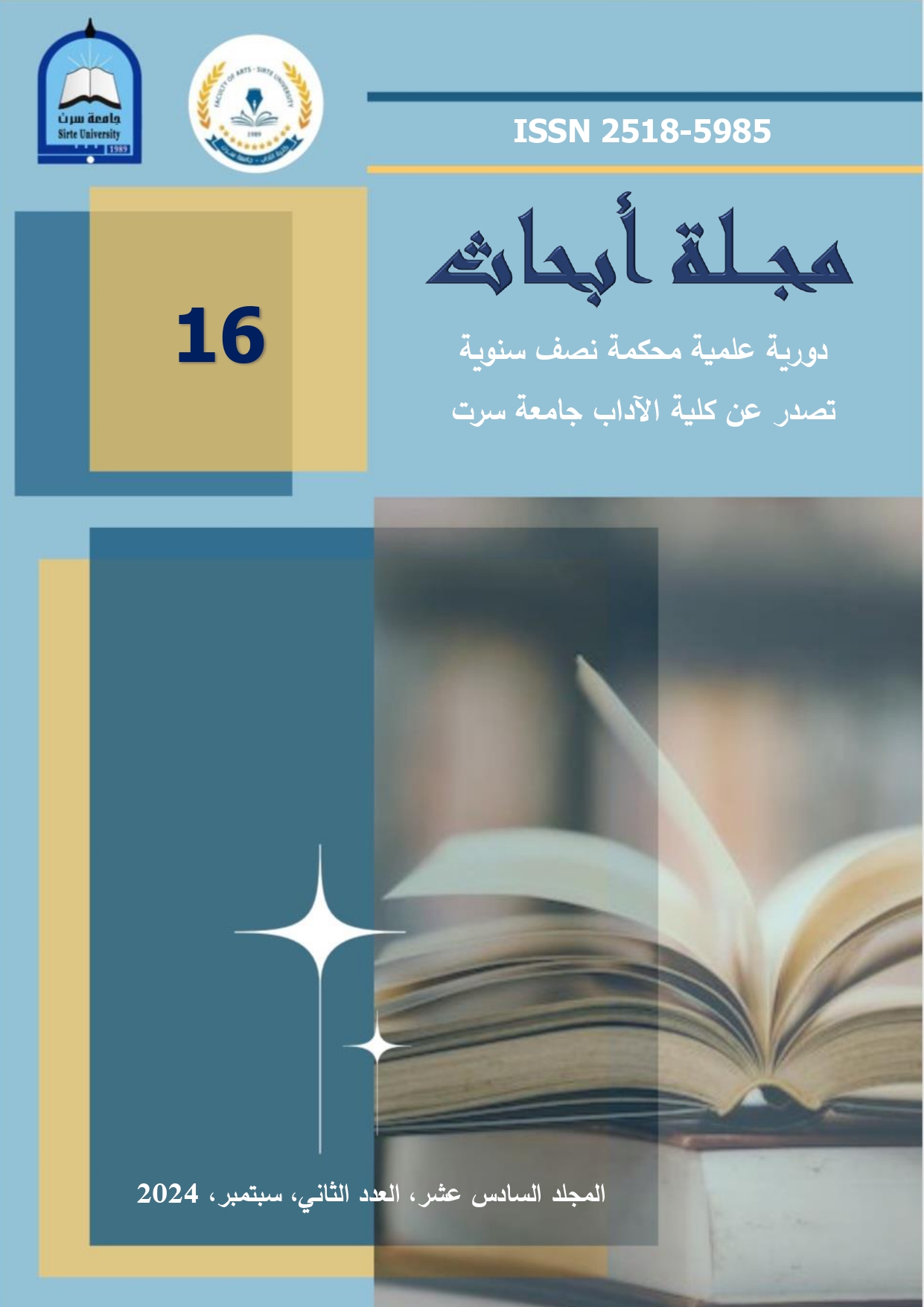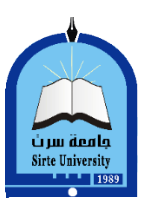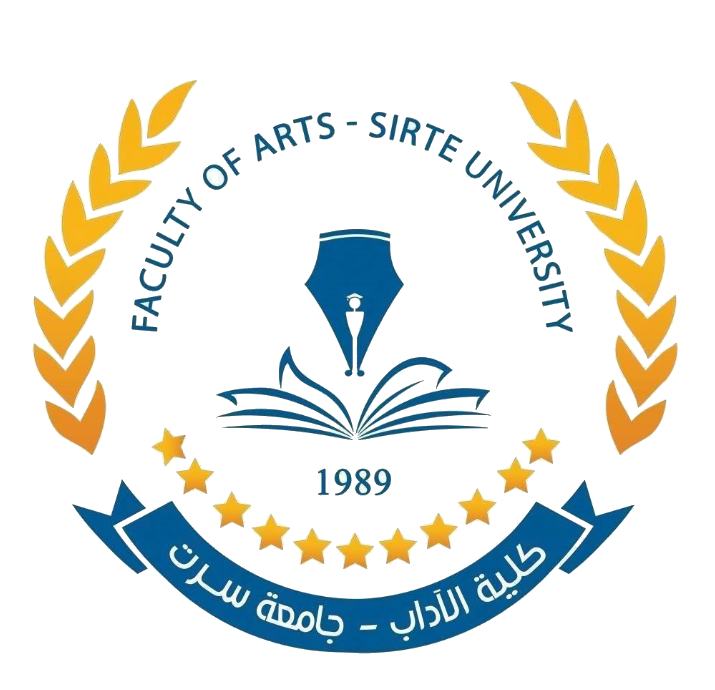The Hidden Culture in EFL Textbooks: Analysing the Cultural Content of ‘English for Libya’ Textbook for the First Year of Secondary Education in Libya
DOI:
https://doi.org/10.37375/aj.v16i2.2933الكلمات المفتاحية:
content analysis، cultural aspects,، EFL، textbooksالملخص
The analysis of EFL textbooks’ cultural content has received considerable attention nowadays, as these textbooks can reflect various elements of culture. The current study thus aims to analyse the cultural aspects presented in the ‘English for Libya’ Secondary One textbook and whether it reflects the Arabic Islamic culture, British culture, or international cultures. A checklist consisting of 15 items was utilised to examine the textbook’s cultural aspects relating to the Big C and Small c culture themes. The content analysis revealed that the textbook’s overall cultural presentation was largely imbalanced, with the dominance of the Arabic Islamic culture and the high occurrence of surface cultural aspects: names, leisure time, and geography. Based on these findings, pedagogical implications and suggestions are made for improving the textbook’s cultural presentation to better meet the needs of Libyan students and teachers. Further studies are also recommended
المراجع
References:
- Aissa, M. A. (2018). Culture presentation in the Algerian English foreign language classroom: The case of Setif secondary schools, Algeria. Revue des Sciences Sociales, 15(28), 419-434.
- Alobaid, A., Ismail, L., Razali, A., Mansor, N., Othman, M., & Aralas, D. (2019). A descriptive analysis of cultural content of “English for Iraq” textbooks used in the intermediate schools in Iraq. International Journal of Applied Linguistics & English Literature, 8(4), 88-99.
- Al-Obaidi, L. A. (2015). The cultural aspects in the English textbook “Iraq Opportunities” for intermediate stages (Unpublished master’s thesis). Middle East University, Amman: Jordan.
- Alptekin, C. (1993). Target-language culture in EFL materials. ELT Journal, 47(2), 136-143.
- Ariwan, S. (2020). Investigating cultural dimensions in EFL textbook by using Byram checklist. Register Journal, 13(1), 123-152.
- Brown, H. D. (2000). Teaching by principles: An interactive approach to language pedagogy (2nd ed.). Pearson Education.
- Brown, H. D. (2007). Principles of language learning and teaching (5th ed.). Pearson Education.
- Byram, M. (1997). Teaching and assessing intercultural communicative competence. Multilingual Matters.
- Chapelle, C. (2016). Teaching culture in introductory foreign language textbooks. Macmillan Publishers Ltd.
- Cohen, L., Manion, L., & Morrison, K. (2018). Research methods in education (8th ed.). Routledge.
- Cortazzi, M., & Jin, L. (1999). Cultural mirrors: Materials and methods in the EFL classroom. In E. Hinkel (Ed.), Culture in second language teaching (pp. 196-219). Cambridge University Press.
- Cunningsworth, A. (1995). Choosing your coursebook. Macmillan Education.
- Dahmardeh, M., & Kim, S. (2020). An analysis of the representation of cultural content in English coursebooks. Journal of Applied Research in Higher Education, 13(5), 1388-1407.
- Dörnyei, Z. (2007). Research methods in applied linguistics: Quantitative, qualitative, and mixed methodologies. Oxford University Press.
- Dweik, B., & Al-Sayyed, S. (2015). Analyzing the cultural content of action pack “12”. International Journal of English Language and Linguistics Research, 3(2), 1-28.
- Ekmekçi, E. (2014). Analysing students’ reactions to English course books in terms of cultural elements. Ondokuz Mayıs Üniversitesi Eğitim Fakültesi Dergisi, 33(1), 189-205. Retrieved from https://dergipark.org.tr/en/pub/omuefd/issue/20251/214905
- Elarbash, S. S. (2019). The place of Western cultures in the learning and teaching of EFL in Libyan secondary school education: An investigation into perceptions of Libyan EFL secondary teachers and students regarding the integration of Western cultures in the teaching and learning of EFL [Unpublished doctoral dissertation]. De Montfort University.
- Elshawa, N. R. (2011). Evaluating the cultural content of English for Palestine secondary stage textbooks in the light of universal trends (Unpublished master’s thesis). The Islamic University of Gaza: Palestine.
- Faruk, S. (2015). Winds of change in Saudi English textbooks: A cultural perspective. Sino-Us English Teaching, 12(7), 524-538.
- Garnet Education. (2019). 21st century English for Libya secondary 1 teacher’s book. Garnet Publishing Ltd.
- Genc, B., & Bada, E. (2005). Culture in language learning and teaching. The Reading Matrix, 5(1),73-84.
- Hinkel, E. (2014). Culture and pragmatics in language teaching and learning. In M. Celce-Murcia, D. M. Brinton, & M. A. Snow (Eds.), Teaching English as a second or foreign language (pp. 394-408). National Geographic Learning.
- Kramsch, C. (2013). Culture in foreign language teaching. Iranian Journal of Language Teaching Research, 1(1), 57-78.
- Mahmoud, M. M. A. (2015). Culture and English language teaching in the Arab world. Adult Learning, 26(2), 66-72. McKay, S. L. (2003).

















